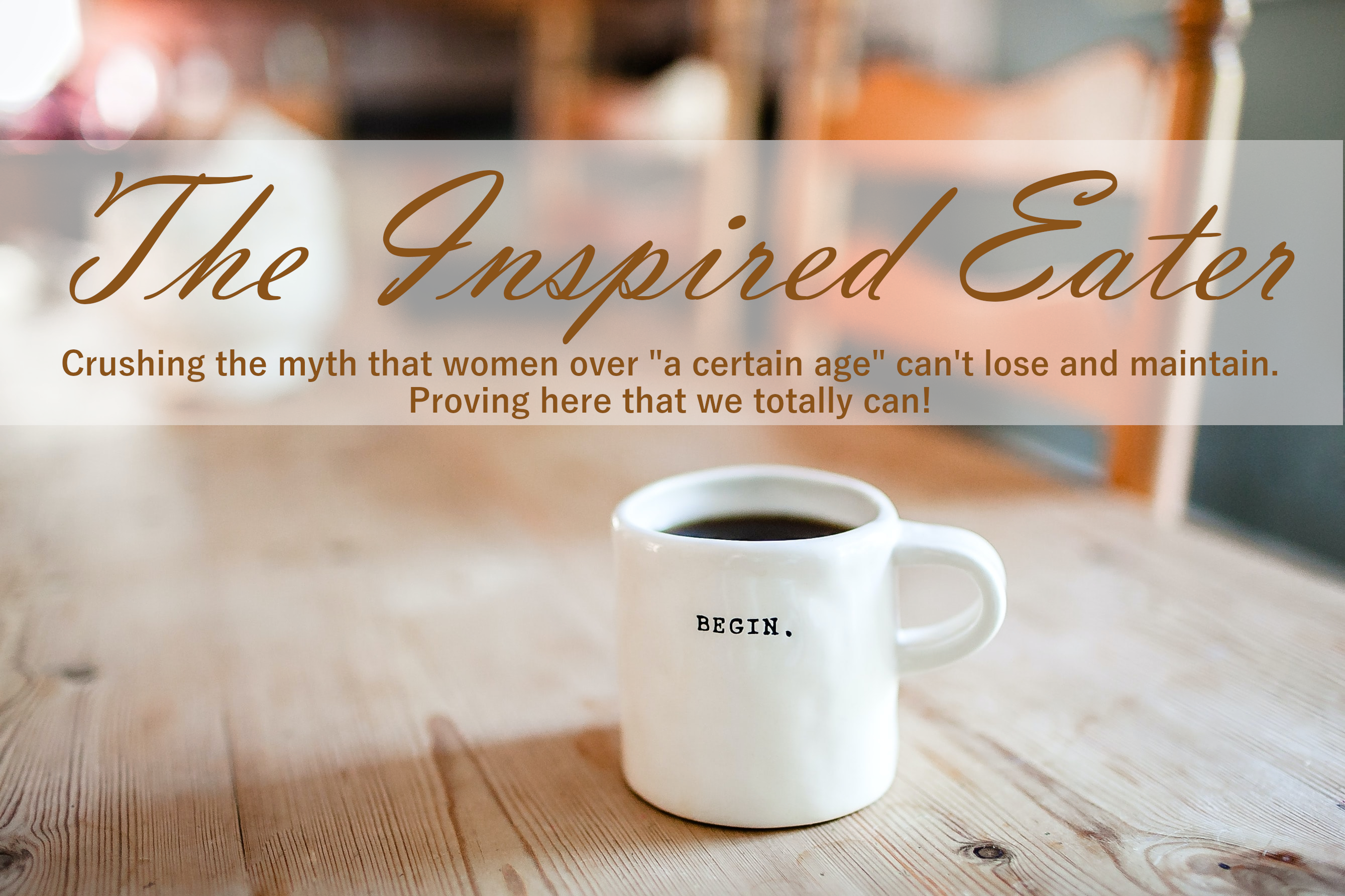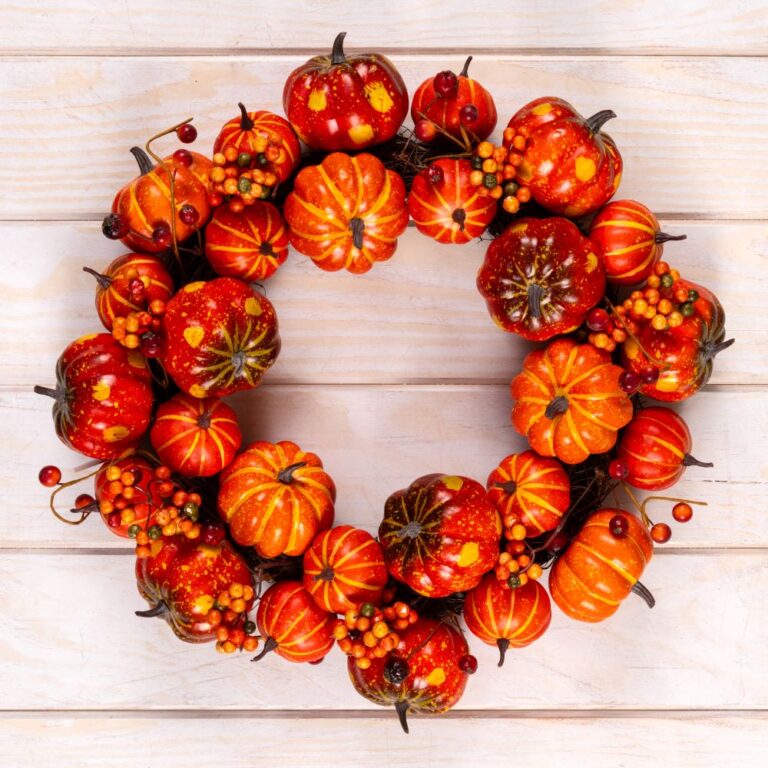Pearl One
Did I mention that I had twins in 2003? My great aunt Martha also had twins, but she had hers way back in the 1940s.
That first year with my babies, I walked around in a stupor often wondering how on earth Aunt Martha survived that first year with twins without basic conveniences: no dishwasher, no luxury twin stroller, no Diaper Genie?!”
Convenience. Big fast-food has stolen the very idea of “convenience food” and kept it as their very own, but it’s high-time we take it back.
Fast-food appeared on the culinary-landscape back in the Roaring Twenties in the last century.
Back then, nobody could have foreseen how family-owned hamburger-stands would morph into behemoth corporations that are today offering “meals” drowned in sugar, salt, saturated and trans fats, and processed preservatives.
By the 1970s fast-food became an integral part of our diet. What started as a novel meal to have once in a while, sprouted into 36.6 percent of us eating fast food on any given day.
Fast-food has turned into fatty-liver food.
How I Batch “the Work” & Make it More Fun
Here’s my plan for taking back convenience. Any Sunday afternoon (I block it out on my calendar), you’ll find me in the kitchen, glass of wine by my side, and Linda Ronstadt on the playlist doing the following:
- Slicing apples (a little lemon on apples keeps them from browning), bagging red grapes and strawberries.
- Cooking and bagging many servings of brown rice.
- Hard boiling four or five eggs.
- Bagging baby carrots in individual servings (it’s a habit to eat baby carrots when I run errands).
- Baking homemade muffins (banana, pumpkin or apple).
Keeping easy to grab smart food at your fingertips is a key to a forever-loss. The whole idea is to adroitly side-step the endless fast-food drive-thrus that pepper our world and keep your refrigerator packed in healthy “easy to grab food. ” ♥
Pearl Two
You know the theory that says our bodies have a “set weight point” and that we can’t change it? My experience has been the absolute opposite. Here’s how I did it.
My theory is that when we lose weight quickly our bodies default into survival-mode (go cavewoman). To you and me we’re merely eating smart food and working to get down to our preferred weight.
But to our cavewoman – the one who kept our ancestors from being eaten many years ago – our very life is at stake. The cavewoman feels us “under-eating” and wakes up to save us from dying. Remember: she has one job and she’s superb at it.
The sure way to wake her up is to lose weight rapidly. To keep her snoozing pretend that you’re walking around on tiptoes allowing your baby to sleep. Our only goal is to keep our cavewoman blissfully unaware by losing weight slowly. We don’t want to panic her. Panicking her is where the problems start.
Let’s say you’ve lost ten pounds, but want to lose twenty more. Don’t get disappointed if the scale’s number won’t budge or you still can’t fit into the pants size you want. If you’re on the path to losing weight, your body simply needs time to adjust.
In the old days, “I’ve a hit a plateau” meant that we were doing something wrong or that the diet itself was a dud. Too many days of a plateau saw us “give up” and return to “eating normally again” (aka overeating).
It’s time to take back plateaus for the supportive angels that they actually are. I hit several plateaus when I was losing. I’m not sure where it came from, but something inside told me that a plateau was a valuable shift, not something bad, but something really good. I started to see plateaus as necessary because my body needed time to adjust to the new normal.
And, it’s not just our body that needs time to adjust: our minds do too. Say we have a woman who wants to lose thirty pounds. Our example goes to sleep weighing 180 pounds, she’s visited overnight by her fairy godmother who waves her wand and in the morning our example wakes up at 150 pounds. Problem is, in her heart she still “feels fat” and ends up eating herself back to 180 to keep her weight congruent with the thoughts about herself. She didn’t feel 150 and the number freaked her out. It’d be similar to having a baby one month and a high school teen the next.
So, when I was losing and hit a plateau, I’d tell myself, “I’m strengthening and holding, strengthening and holding, strengthening and holding.” I learned to be chill with plateaus because I saw them as proof that my smart eating plan was working.
If you’re in a plateau respect the time that your body is taking to adjust to your new size. When you next hit a plateau tell yourself, “I’m strengthening and holding, I can and am doing this.” (Print this pearl out and tape it on a wall near your scale.) ♥
Pearl Three
Sequencing is taken directly from Cognitive Behavioral Therapy (CBT). The purpose of sequences is to help us move from reacting to circumstances to responding. I encourage you to do a sequence a day in your journal. Powerful stuff.
Default Sequence
- Situation (something super concrete): A dear friend ghosted me. I haven’t spoken with her in five years now.
- Automatic thought: It was a friendship that I wanted to retain for so many reasons.
- Feeling: Sad and angry at myself for not maintaining a quality friendship.
- Action: Five years ago, I tried calling her several times and left messages but heard nothing back.
- Result: Beating up on myself.
Chosen Sequence
- Situation (something super concrete): A dear friend ghosted me. I haven’t spoken with her in five years.
- Chosen thought: people can outgrow each other. What felt right in the beginning can shift over time.
- Feeling: more in the flow of things. The thought “normalizes” that my friend and I no longer speak.
- Action: I give myself permission to feel better.
- Result: I try to keep in mind that it isn’t always “all about me.” Sometimes, something else is going on in another person’s life that really has nothing to do with me. ♥
Pearl Four
Books love us and want us to be happy
It’s so cool to find a new author to follow and I’ve found one in Small Pleasures: a Novel by Clare Chambers. Set in 1950s England a woman with a humdrum life finds excitement. Called a “literary tour-de-force” Small Pleasures has been long-listed for the women’s Prize for Fiction. I’m just now into Small Pleasures and highly recommend. I’ll read her second book next. ♥
Pearl Five
Everyone wants to live on top of the mountain, but all the happiness and growth occurs while you’re climbing it.” Andy Rooney ♥
Question for you. Do you live with a scarfer and would you like to “talk” about it? I’m writing on the subject of scarfers and need “been there” stories. A scarfer can range from “delicacy eating” to huge portion-eating. If you have one of these, I hope you’ll reach out! Wendy@theInspiredEater.com.
Have a beautiful week!
♥, Wendy
You know the scoop: I’m an Amazon affiliate. If you buy from a link in my post, I’ll receive money, but the arrangement won’t cost you a dime.
Are you new to the Inspired Eater? Welcome!! This blog won’t make much sense until you first read the Aunt Bea post (and you’ll find Aunt Bea on this page to the right under my short bio). On your cell you’ll see it immediately following the first post. After you enter your email address, the Aunt Bea article will be sent to your email’s inbox. If it’s not there, you might check the spam folder. And always feel free to email me at Wendy@TheInspiredEater.com and I’ll get Aunt Bea right to you!!
I am not an expert, a doctor, a surgeon, a nurse or a nutritionist: the information within TheInspiredEater.com is based solely on my personal experience and is not intended to be used as a substitute for professional medical advice, diagnosis, or treatment.










